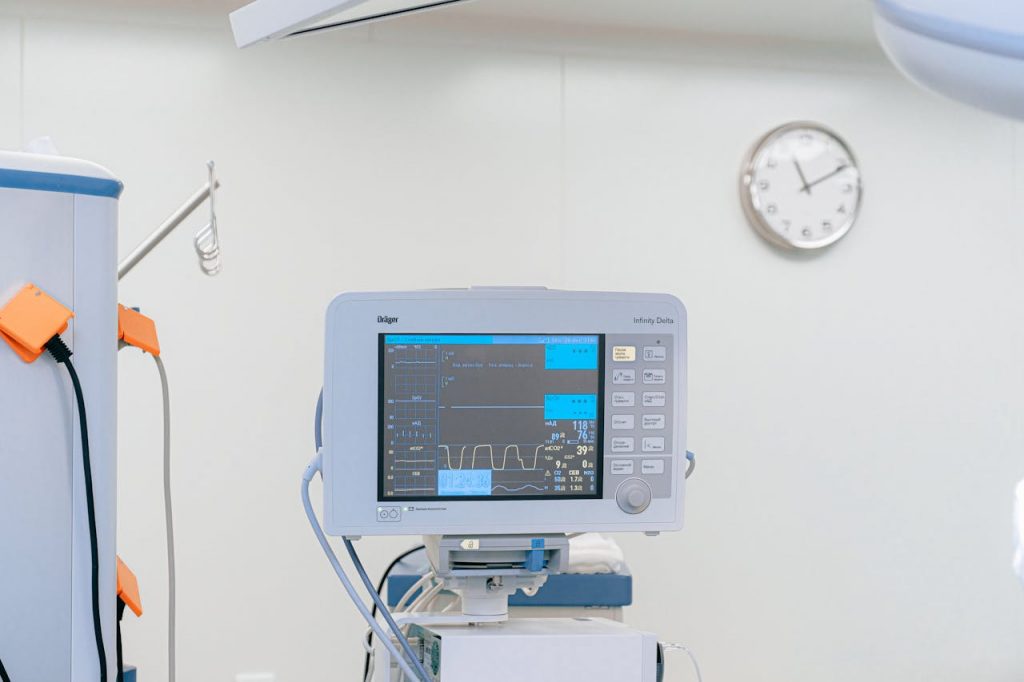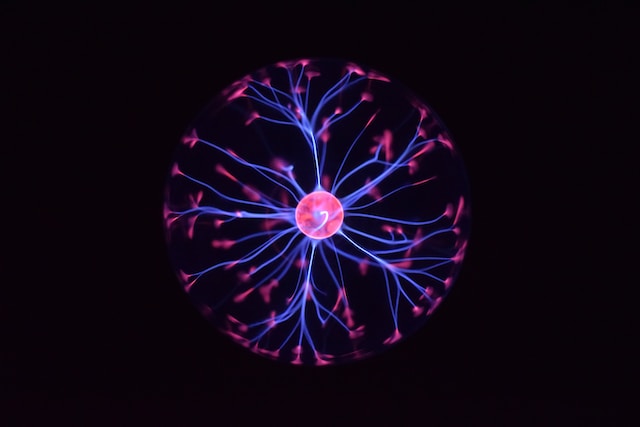For people who have various terminal illnesses, when death is imminent and/or they are experiencing tremendous physical as well as psychological suffering, the option to end their own life sooner is arguably the most clear-headed decision one can make. Currently, this is the only alternative to “natural” suffering and death that such people have, and even then it is only legal in a small part of the world.
‘Euthanasia’ is the word most people are familiar with when it comes to this topic, but the term ‘assisted dying’ is more correct to use in the described context. Euthanasia implies that the physician is deciding for the patient regarding the time of their death. On the other hand, in the case of assisted dying (sometimes also termed ‘assisted suicide’), the will of the person always comes first. Also, the person usually carries out this act by themselves, the physician only provides means for it (drugs) and consults the person regarding the act.

But what if these people had another option? What if they had a second chance at a healthy, happy life? Cryonics can offer such a chance, even though the probability for its success is small. For now, cryonics can only be performed after the person is legally dead, but what if it could be performed before that, on a still living organism as a form of assisted dying? If cryonics could be performed before natural death, the chances of its success would increase. Furthermore, in that case, said practice shouldn’t be called assisted dying, because if there’s a chance, even a small one, of being revived in the future, a cryopreserved person can’t be considered truly dead. Therefore said practice could be rightly called ‘assisted suspension’.
Cryonics would stand a better chance for success if performed before death
Cryonics is usually viewed as a technique to preserve dead bodies with the hope that they could be brought back to life when technology advances enough to allow this. And, when cryonics is performed after death, this is basically true – to bring the person back to life you’d have to reverse the death process after thawing them. Also, the more time that passes after death, the closer the organism approaches true death – death of the brain. Therefore, the cryonics team has to do everything to minimize the time passed between the death and the freezing of the body. Nevertheless, even if they succeed to do it rather quickly, the organism has still already progressed on the path towards true death to a greater or lesser extent. This is a huge obstacle when aiming to revive it.
However, if cryonics could be performed on a still living person as a form of euthanasia, not with the intention of killing the person, but instead suspending their physiological and cellular processes painlessly, without causing any suffering, the chances of reviving the person successfully in the future would increase.
Imagine you have a terminal illness and your body is slowly dying, if it could be suspended in that state, upon revival it would come back to the same physiological state of approaching death – the progressing disease. However if the revival were to happen after 50 years or so and the same disease which was once incurable became perfectly curable, the revived patient in this timeline would be just like any other patient who got diagnosed with a disease that could be cured, they would just have to travel in time in order to get their disease cured in the future. And even if in that future, scientists haven’t yet found a way to prevent ageing and ageing-related death, the patients who were about to die from various terminal illnesses in the past could at least live for another few decades if their diseases are cured in the future.
Geopolitical possibilities for assisted suspension
To be able to perform assisted suspension legally in a country or a state, both cryonics services and assisted dying have to be legal and available.
Cryonics services, as in the actual preparation, cryogenic freezing, and storage of the body are currently available in the USA, China, and Germany. Southern Cryonics, an Australian startup, is in the process of developing a local cryonics company as well, and planning to start accepting requests for future cryopreservation there.
Regarding assisted dying in these countries, we can quickly write off China since assisted suicide (as well as euthanasia) is illegal there, and that is unlikely to change anytime soon.

In Germany, The Netherlands, and Switzerland, assisted dying is legal. The latter two are relatively close to the recently established German company Tomorrow Biostasis, and the company has standby teams currently available in Berlin and Amsterdam, and another planned for Zurich. Switzerland also allows assisted suicide for foreigners. So there’s an opportunity for assisted suspension in this European region.
When it comes to the USA, the laws vary greatly amongst different states. The Death with Dignity Act, which allows assisted dying, is currently valid in ten states, but cryonics services are only legal and available in four states: California, Arizona, Oregon, and Michigan. Only two of them overlap with the Death with Dignity Act – California and Oregon. Therefore those two US states also pose an opportunity for assisted suspension.
Australia seems like another place of future possibilities. Assisted dying is currently legal in two out of the six Australian states – Victoria and Western Australia. Keeping in mind that the Australian cryonics startup will also take a somewhat similar amount of time to get up and running, after approximately two years, Australia might become another promising place for assisted suspension.
The procedure for assisted suspension
If such a practice were ever legally allowed, what would the actual procedure look like? The procedure would likely begin somewhat similarly to how EPR (emergency preservation and resuscitation) and DHCA (deep hypothermic circulatory arrest) are performed. Both of those procedures are a form of carefully managed clinical death used to perform surgeries in special cases where ordinary means won’t work. In these types of surgeries, the patient is revived after about an hour, but in the case of assisted suspension, instead of reviving the person relatively quickly, the body would be put further into a deep suspended state with the theoretical possibility of being revived after many years. So the controlled clinical death phase would serve as an intermediary between life and cryogenic suspension.

The following is what the theoretical procedure could look like in practice: the person would be sedated, anesthetized if necessary (the person’s subjective “living experience” would end with sedation, that would be the last thing they remember), their body would be connected to a cardiopulmonary bypass machine and their blood then slowly replaced with cooled (~ 10 °C) saline solution as in DHCA and EPR practices – during this procedure the heart stops beating naturally at some point due to hypothermia.
In this hypothermic condition of reduced metabolism, the cells can survive without oxygen for up to an hour without experiencing any significant damage. The saline solution could then be slowly replaced with a cryoprotectant. The cryoprotectant would be kept circulating within the body until the tissues become saturated with it. Finally, this would be followed by standard cryonics procedures. During such a procedure, the reduced metabolic state caused by hypothermia would trigger the cells to go directly into a cryopreserved state induced by a combination of cryoprotectant saturation and extreme cold.
Ethical aspects and closing thoughts
While the main ethical argument against practices like assisted dying and euthanasia is that their function is to end life, which seems intrinsically negative, a strong contra argument can be made that these practices are essentially not about ending life, but about relieving suffering. And in the case of assisted suspension, the initial argument becomes even more invalid since cryonics aims to extend life, and hence the aim of assisted suspension becomes to relieve suffering while at the same time providing a chance (even though small) to extend life.
As the Norwegian philosopher, Ole Martine Moen, who first coined the term ‘cryothanasia’, noted in his famous article – “I think it is sufficient, however, to argue that it is rational to opt for a small chance of survival when the alternative is no chance at all”. So if we affirm that assisted dying is a rational choice for those experiencing unbearable suffering and/or facing inevitable imminent death, we should affirm that assisted suspension is an even more rational choice under those circumstances. And it is only under those circumstances – trying to suspend the organism in its vital state instead of preserving it after clinical death – that cryonics stands a chance. Assisted suspension, therefore, is an unexplored possibility that shouldn’t be ignored.















